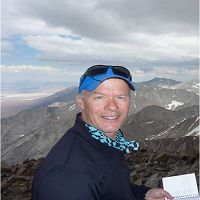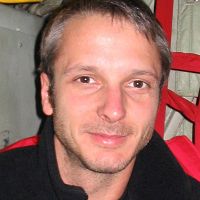Carey et al., 2015
The role pf elevation and time in structuring soil microbial communities in the Sierra Nevada, California.
Carey, C.J., Hart, S.C, Riebe, C.S., Aciego, S., Blakowski, M., Aronson, E. (2015)
Ecology Society of America Annual Meeting. Baltimore, Maryland
-
Sierra, INVESTIGATOR
-
Sierra, INVESTIGATOR
-
Sierra, COLLABORATOR
-
Calhoun, Sierra, COLLABORATOR
Abstract
Biogeographic patterns and community responses to climate change can be assessed using elevational gradients, which function as space-for-time substitutions. While surveys across multiple elevations have frequently been used to determine climate and other environmental controls on aboveground (e.g., plant and animal) communities, only recently have soil microbial communities been investigated in the same way. As a result, our ability to generalize and predict trends in microbial structure (composition and diversity) across elevational gradients - and to infer the mechanisms that shape elevational biogeographic patterns over time - remains limited. In order to determine spatial and temporal patterns of soil bacterial and archaeal community structure in the Sierra Nevada, California, we sampled soil from three elevations (varying from 400 m to 2000 m) along the Southern Sierra Critical Zone Observatory. Ten replicate soil cores (0-15 cm depth) were taken from each site in April, June, and July 2014 using a sterile soil auger. Microbial DNA was extracted from the soils, amplified for the V3 – V4 region of the 16S ribosomal RNA gene, and subsequently sequenced on the Illumina MiSeq platform.
Citation
Carey, C.J., Hart, S.C, Riebe, C.S., Aciego, S., Blakowski, M., Aronson, E. (2015): The role pf elevation and time in structuring soil microbial communities in the Sierra Nevada, California . Ecology Society of America Annual Meeting. Baltimore, Maryland.
Explore Further




